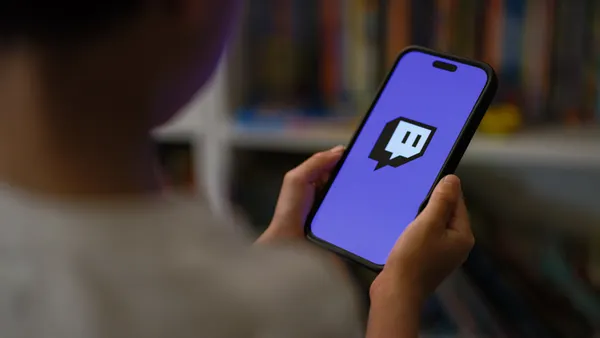Dive Brief:
- Google will add video assets for responsive display ads campaigns, the company detailed in a blog post. Advertisers can create new responsive display ads or edit existing ones with up to five videos from their YouTube page.
- The company also unveiled a new combinations report, which shows advertisers their top-performing asset combinations and how different combinations perform. The report displays separate sections for combinations based on images, text, dynamic feeds and videos.
- Google is also building out its ad strength scorecard feature, where Google Ads will check that a campaign has an optimal number of unique headlines, images and descriptions to maximize ROI. Advertisers can improve ad strength by following the "next steps" highlighted in the scorecard.
Dive Insight:
Google first made responsive display ads its default display format last fall. The company expanding its ad strength metric to video and responsive display campaigns signals that the offering, which helps marketers to measure the relevance, quantity and diversity of their ad copy and other assets, has so far been a success. Ad strength was initially focused on areas like search advertising, but building out the tool now comes as marketers continue to ramp up their spending on digital video ads and on YouTube, in particular.
It's crucial for Google to continue to innovate with its advertising options, in video and elsewhere, as it faces new competition and as its pricing power weakens. Amazon's U.S. ad business is expected to grow more than 50% this year, reaching 8.8% of the total market, according to recent eMarketer projections. Google's share will drop to 37.2% this year from 38.2% in 2017.
Google also recently made its Video Ad Sequencing tool available globally, which enables marketers to cut the same creative in different ways to make a series ads to run across screens and build out a stronger narrative across multiple ads. Sequences of six-second and TruView ads increased ad recall and purchase intent, according to the company.
Being able to better customize and optimize digital video campaigns on YouTube could help marketers engage elusive consumer groups like millennials. Eighty-five percent of millennials report purchasing a product or service after watching a video, according to Brightcove research. More than 60% of shoppers also believe that online video has given them ideas or inspiration for a purchase, according to internal Google data.











